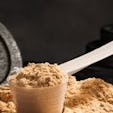Here’s a typical grocery list for a guy or gal who wants to get in shape.
– Protein (chicken, beef, fish, eggs)
– Healthy fats (avocados, coconut oil, nuts)
– Carbs (sweet potatoes, oats)
– Supplements (protein powder, creatine, glutamine)
– Frozen pizza
– Beer
Hopefully, you’ve noticed one food group that’s conspicuously absent from the list: vegetables—and, to a lesser extent, fruits. You know that you’re supposed to be eating fruits and vegetables, but, statistically, you’re more likely to double up on your pizza and beer quota for your weekend binges than you are to eat enough greens on any given day. According to the Center for Disease Control (CDC), only nine percent of Americans eat enough fruits and vegetables—that means nine out of 10 people don’t!
The Truth About Greens
If you plan on living a long and healthy life (carnivore dieters aside), this is a real problem, because fruits and vegetables offer benefits that help you fight illness, feel good, and see better results from your workouts. Even if you are making an effort to get your greens, chances are you’re still not getting enough, and you’re probably ignoring some of the most nutritious ones that can make a real difference to your health and performance.
Discover the nutrition you’ve been missing out on, and how to start getting it in—without having to eat salads all day—by learning the truth about greens.
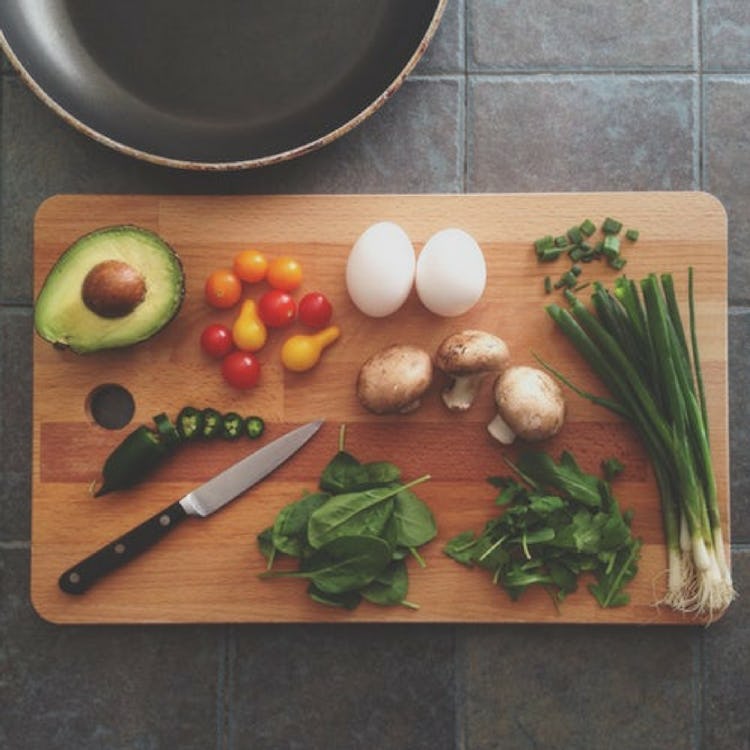
Why You Need More Fruits and Vegetables
There are three main reasons you shouldn’t treat fruits and veggies as an afterthought. One is the gargantuan amount of vitamins and minerals they contain, supporting health and performance in virtually every way you can think of. Another is fiber.
Fiber is the indigestible parts of plants, and it comes in two forms—insoluble and soluble. Insoluble fiber bulks up your stool, helping to guard against diarrhea and constipation. Meanwhile, soluble fiber soaks up water, promoting fullness and potentially helping to control your appetite. “Soluble fiber is also a prebiotic,” says Shannon Ehrhardt, R.D., a performance dietitian with EXOS (Onnit’s partner in performance nutrition). “It serves as food for the beneficial bacteria in our gut to eat. These bacteria are good for overall health.”
Lastly, plant foods are chock full of phytonutrients, an umbrella term that covers antioxidants, carotenoids, flavonoids, polyphenols and other compounds you may have heard of that play important roles in maintaining overall health. “They give plants their colors,” says Ehrhardt, and are the reason nutritionists recommend eating as many different-colored fruits and vegetables as you can. The more colors you consume, the wider the variety of micronutrition you’ll absorb.
A 2013 report concluded that fruit and vegetable consumption inhibits oxidative reactions in the body, aiding its defenses. Eating your greens may also help to regulate the damage done by poor food choices, as indicated by a review in Current Pharmaceutical Design. So, if you eat crap but include some fresh produce as a side dish, you may be able to offset some of the risks.
How Many Fruits and Vegetables Should I Eat?
According to the USDA’s Dietary Guidelines, adults should eat 2 1/2 cups of vegetables daily, and 2 cups of fruit. However, the authors say, active people should eat even more. Ehrhardt recommends more generous servings as well: two or three cups fruit and five to six cups veggies (cooked and raw), regardless of activity level. (Note: if you’re following a ketogenic diet, you can get away with less fruit.)
Now ask yourself, in a world of grab-and-go lattes and pre-packaged snack foods, when was the last time you got five or six cups of green foods, consistently? (Sorry, fast-food salads made with nutritionally-sparse iceberg lettuce don’t count for much.)
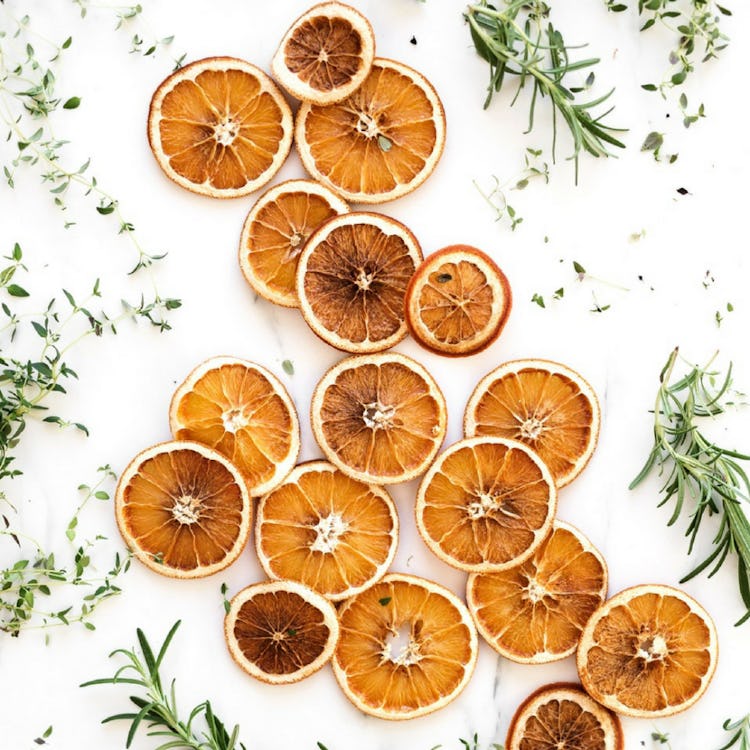
10 Ways To Eat More Vegetables
Maybe by now we’ve convinced you to make a better effort to eat more greens, but how are you going to do it in the real world? Here are some ideas from Ehrhardt to get you started.
1. Blend them into smoothies. If you already regularly make protein smoothies with fruit and healthy fats (such as the popular banana and nut butter combo), add a cup of fresh or frozen spinach to the blender. You won’t taste the greens at all.
2. Sub greens for carbs. If you’re ready to try a low-carb or keto diet, you can easily replace grain-based foods with vegetables. Use lettuce wraps in place of bread for sandwiches. Make spaghetti squash in place of pasta (shredding it with a fork makes noodles). Cauliflower is highly diverse, and can be boiled down to make faux mashed potatoes, or pulverized in a food processor to form rice or flour for pizza crusts. It contains only five grams carbs per cup.
3. Add them to stuff. If you’re making sauce, add chopped carrots, cauliflower, spinach, or zucchini to the pot. They’ll cook down, blend in, and be masked by other flavors. Onions, bell peppers, and zucchini bake easily in a meatloaf.
4. Buy salsa. Peppers, onions, and tomatoes are in there already.
5. Make guacamole. It’s quick, it’s delicious, and it gets you eating avocados, peppers, onions, and cilantro without even thinking about it.
6. Make stuffed peppers. Already have some cooked meat? Halve and hollow out some bell peppers, stuff them with protein, and bake in the oven.
7. Have Meatless Mondays. Going one day per week without meat will see you automatically jack up your veggie consumption to compensate. It will also help to reduce carbon emissions and save you money.
8. Make kale chips. No, they’re not quite like potato chips, but they don’t suck. Tear the leaves into small pieces, drizzle with olive oil, and sprinkle with sea salt. Bake at 350 degrees for 10 minutes.
9. Feeling lazy? Just add butter. Butter (or coconut oil) add healthy fats and a lot of flavor to any cooked vegetable. Since the combination of fat and fiber is satiating, you’re unlikely to overeat calories.
10. Use a greens powder. When you don’t have time to spend in the kitchen, you can supplement with a greens product, which is typically a wide assortment of veggies that have simply been dried out and crushed into a powder. Research has shown greens supps to be effective. The Journal of the International Society of Sports Nutrition revealed that supplementing with a greens powder helped regulate acidity in the body and promote alkalinity. (Maintaining an alkaline state prevents illness.) Another study from the Journal of Chiropractic Medicine found that a greens supplement aided markers of cardiovascular health.
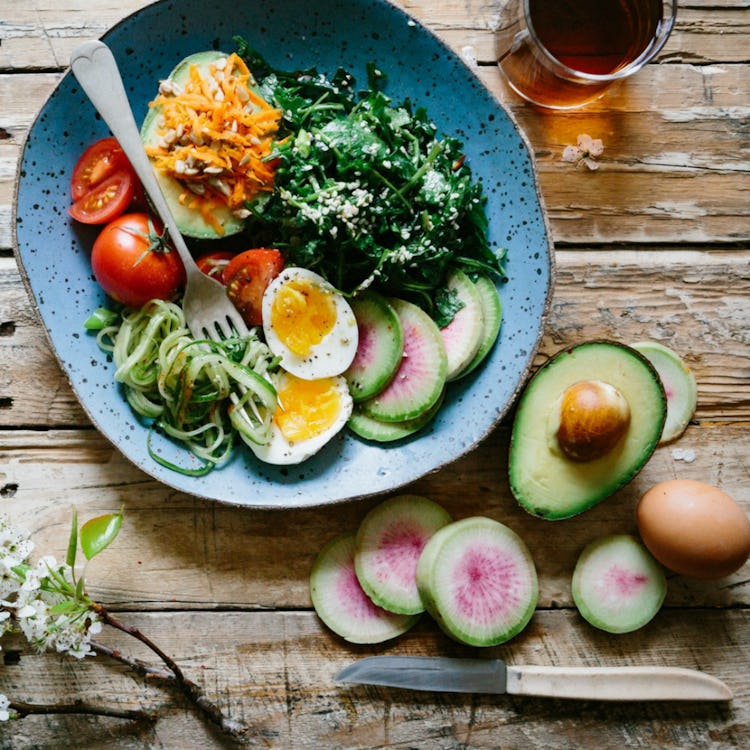
7 Fruits and Vegetables You Need To Start Eating (Or Eat More)
The following fruits and veggies are some of our favorites because they’re under-eaten by most people, if they’re consumed at all. You can hunt them down on your own in health food stores, but you may find it more convenient to get them in the form of a supplement.
Beetroot
Few like the taste of beets, and the way they stain your poop makes you wonder if you’ve been bleeding internally. But dammit, they’re good for you. Especially if you work out. Beets contain nitrates, compounds that help form nitric oxide (NO) in the body. NO is a vasodilator, meaning that it widens the blood vessels, making it easier for more nutrients to travel to the muscles during exercise.
A study in the Journal of the Academy of Nutrition and Dietetics found that beetroot promoted gains in speed in runners during the last mile of a 5K. The runners perceived exertion during the workout was also lower.
Camu camu
It hails from South America and looks like a hybrid of a cherry and a grape. Despite its small size, camu camu offers the most concentrated dose of vitamin C on the planet—around 2,000mg per 100-gram serving. (Orange juice offers just 50mg for the same amount.) Furthermore, due perhaps to its store of other phytonutrients, camu camu’s impact on health might be even more potent.
A study published in the Journal of Cardiology had male smokers supplement with either vitamin C tablets or camu camu juice for one week. Though the total amount of vitamin C both groups took in was equal, the camu camu drinkers lowered markers of oxidative stress significantly, while the C supplementers saw no changes. After the study, when the men stopped taking camu camu, their measurements got worse again.
Kale
It’s arguably the trendiest green of all these days, and looking at its nutrition profile, you can see why. Kale is high in fiber as well as antioxidants such as vitamin C and quercetin, which help protect against cell damage (1, 2).
Papaya
If you’ve ever been to a Brazilian barbecue restaurant, you may have noticed the papaya slices at the salad bar. They’re not just there for decoration. Papaya contains an enzyme called papain, which breaks down the protein in meats. In fact, papaya has been used as a meat tenderizer for centuries. A 2013 study reported that a papaya supplement supported smooth digestion in subjects, helping to relieve bloating after meals.
Reishi
Called the “herb of spiritual potency” in China, reishi (also called lingzhi) has long symbolized success, well-being, and longevity in Asia. It’s actually a mushroom, and modern science has shown it may help regulate healthy blood sugar and support the immune system.
Schizandra
A berry native to China and Russia, schizandra is classified as an adaptogen, meaning that it helps your body adapt to stress. It’s been used as a traditional remedy for nearly every kind of health woe you can think of. But, unlike many backwoods potions, schizandra has hard science to back it. A review of more than 40 years of schizandra use in the Journal of Ethnopharmacology found that it indeed does offer multiple benefits, ranging from promoting heat and cold tolerance to supporting detoxification pathways in the body, but it may also aid work capacity, which makes it especially helpful to athletes and exercisers.
Active people might also use it to support recovery from exercise. A trial in Phytomedicine showed that schizandra helped attenuate increases in cortisol after intense workouts.
Spirulina
A blue-green algae that grows in freshwater, spirulina has been consumed by people dating back to the Aztec native Americans. It offers a bevy of protein, vitamins, and minerals, and has been shown to aid aerobic exercise performance. Another trial demonstrated that spirulina supplementation helped subjects burn more fat for fuel during exercise. But perhaps most impressive of all, a Lipids in Health and Disease study concluded that spirulina helped regulate blood cholesterol and blood pressure in people who made no other changes to their diet and lifestyle.
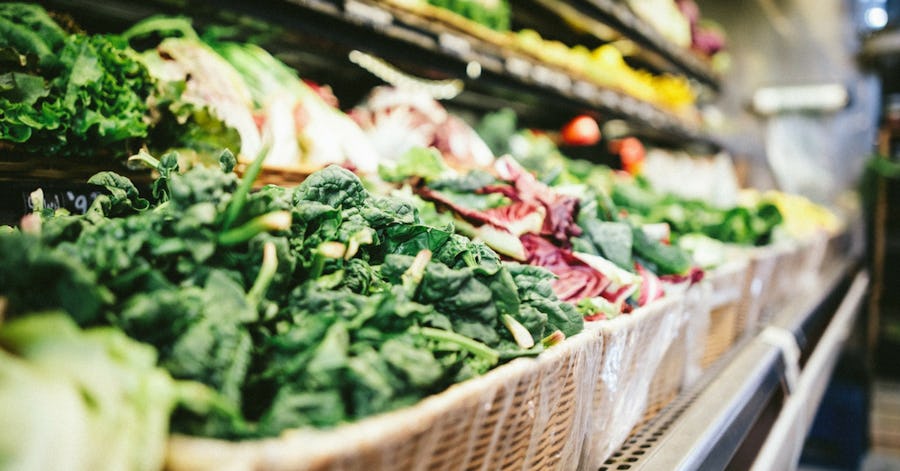
)


